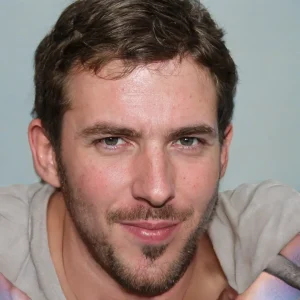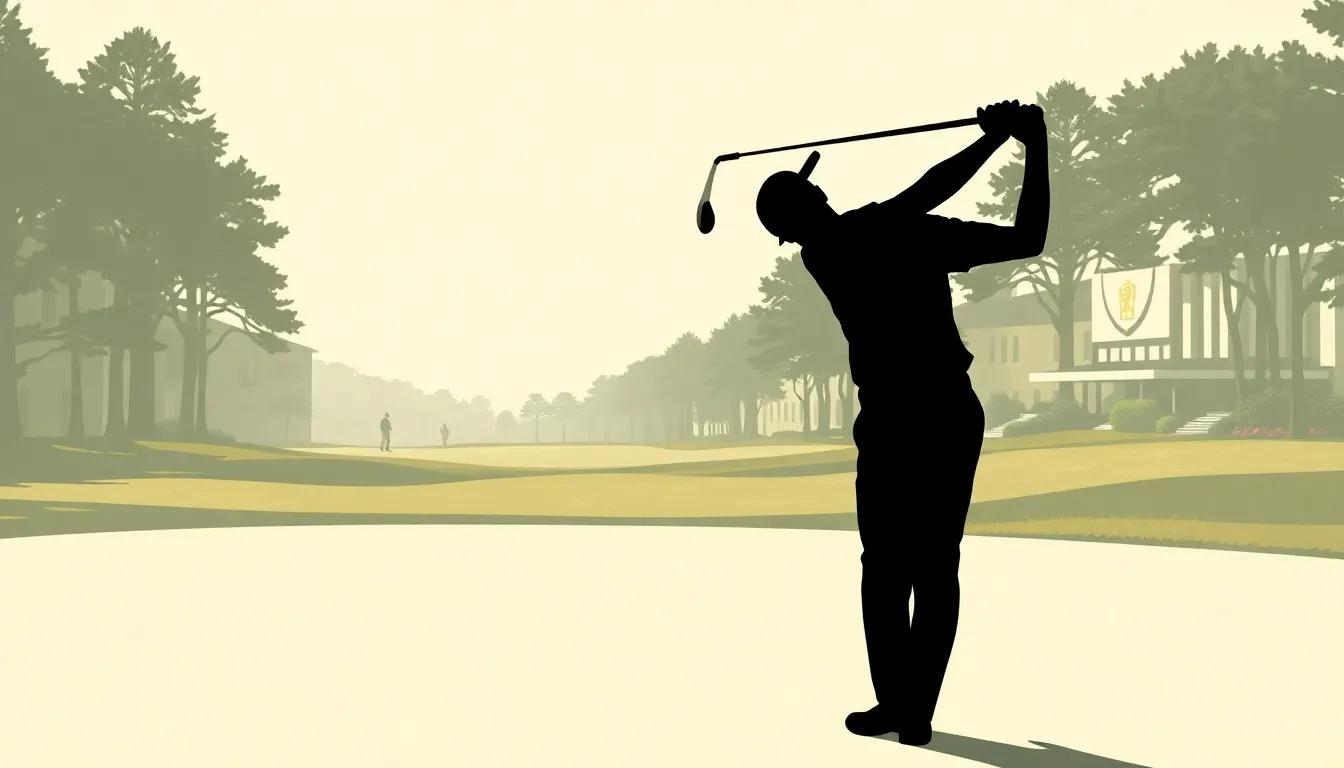No matter how thick the rough grows or how long they run the SubAir, Quail Hollow Club still feels like home to Rory McIlroy. The course has been stretched to 7,626 yards for the 107th PGA Championship, but McIlroy—who’s won here four times, including last year’s five-stroke victory—isn’t fazed.
“I thought it was going to feel different just because it was a major championship, and I got out on the golf course yesterday, and it felt no different than last year at the Wells Fargo,” said McIlroy, still using the tournament’s previous name instead of its current Truist Championship title. “The rough is maybe a little juicier. But fairways are still the same cut lines and same visuals. It doesn’t feel that much different.”
What makes Quail Hollow such a perfect fit for McIlroy is simple: it rewards exactly what he does best. He ranks third on the PGA Tour in driving distance (second in this field behind only Niklas Norgaard) and first in strokes gained off the tee, ahead of world No. 1 Scottie Scheffler. That firepower lets him carry bunkers and attack the course with wedges and short irons despite the added length.
Justin Thomas, who won when the PGA Championship last visited Quail in 2017, puts it plainly: “I would argue he’s the best driver of the ball I’ve ever seen, and that is extremely important here.”
“I think his shot shape, I think this golf course fits a high draw really, really well,” Thomas added. “When he’s on, he has such control of that driver, it seems like he can hit it in a window and an area that some guys are trying to hit short irons. That’s a tremendous advantage at any golf course, but especially at a place like this.”
Scheffler, who’s actually the betting favorite over McIlroy according to some oddsmakers, agrees about the straightforward nature of the challenge: “On this golf course, with it being so big, it’s a little bit easier just to step on the tee box and pretty much every hole is a driver. Outside of that off the tee, there’s not really a bunch of strategy stuff you can do.”
Bryson DeChambeau’s approach is equally direct: “Considering the wetness and everything, I’m just going to go out to the driving range and use the Foresight to see how far the golf ball goes.”
Unlike classic U.S. Open venues or even last week’s Philadelphia Cricket Club (which hosted the Truist as a substitute), Quail Hollow doesn’t reward creative angles or strategic thinking as much as raw power. Lucas Glover noted in a recent interview that everyone will essentially be hitting to the same spots around the course.
The course has undergone significant changes since the 2017 PGA Championship—several new tees, removal of about 100 trees, and softened greens on 12 holes while resurfacing all of them. But not everyone sees these as improvements. Johnson Wagner, a former Tour pro turned Golf Channel analyst and longtime Quail member, admits, “We haven’t necessarily made the golf course better when we’ve made the changes.”
Kerry Haigh, the PGA’s chief championships officer, was repeatedly pressed about what kind of test the course would present this week. After some initial vague responses about creating an enjoyable experience for everyone, he finally addressed the course setup specifically.
“It’s a beautiful golf course,” Haigh said. “It’s a great challenge. We try and set the rough up so that players can play, but there’s a penalty if you do go in there.” He noted the rough was cut to 2 ¾ inches on Saturday and likely won’t be cut again this week, especially with several inches of rain having already fallen.
The combination of longer holes and firm, new greens with less slope creates a straightforward but demanding test that will likely identify a highly ranked champion. The course seems tailor-made for superstars who can launch drivers, hit towering irons, and do so with less club than their competitors.
“There’s a number of great golf courses that we play, and this is one of them,” Jordan Spieth said. “There’s no faking it.”
That said, Quail’s history shows it’s not exclusively a bomber’s paradise. When Thomas won here in 2017, he led the field in driving distance but was also fourth in strokes gained putting. Francesco Molinari, Patrick Reed, and Louis Oosthuizen—none known primarily for length—tied for second. Kevin Kisner, who once famously said he has “absolutely no chance” at the lengthy Torrey Pines, held the 54-hole lead that year.
Even last year, when McIlroy dominated, precision players like Denny McCarthy and Mac Hughes tied for sixth alongside bombers Xander Schauffele and Byeong Hun An.
But over 72 holes, Quail’s length tends to wear down all but the most powerful players. Add major championship pressure, and the field narrows further.
“It’s just long,” Viktor Hovland said when asked why Quail’s infamous “Green Mile” finishing stretch (holes 16-18) is so difficult. “This course doesn’t allow you to hide.”
Unless, of course, you hit it like Rory, Scottie, or Bryson—then you might just run away with it like McIlroy did last year.
The only difference this time is the winner will receive the Wanamaker Trophy.





